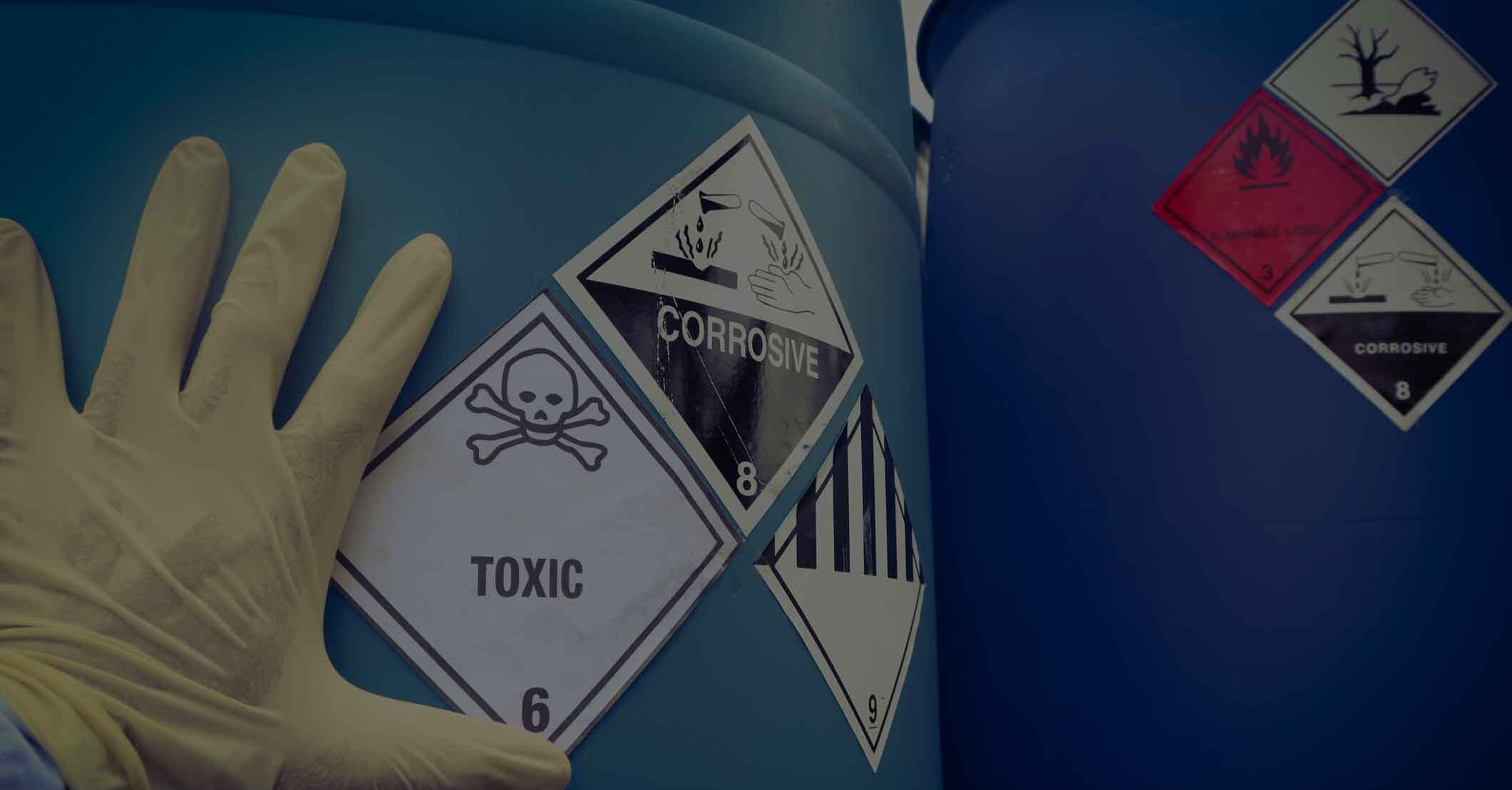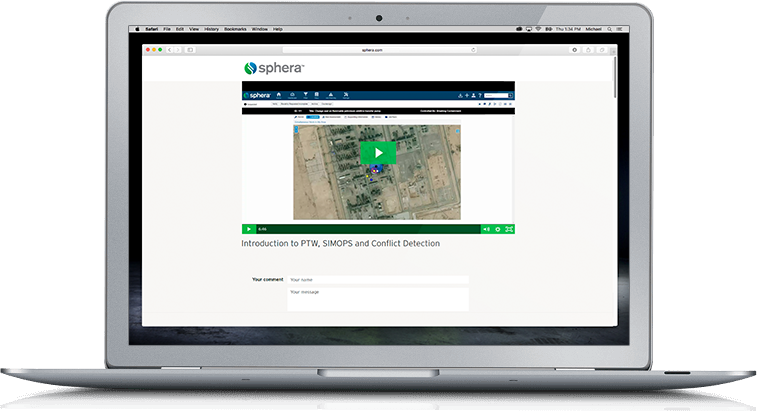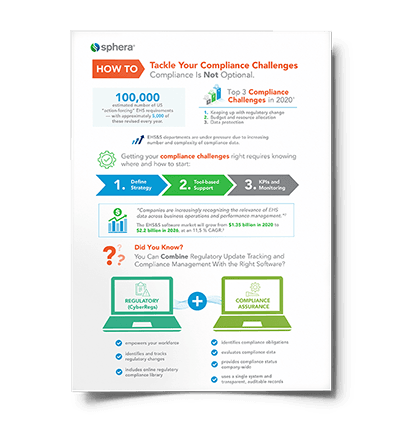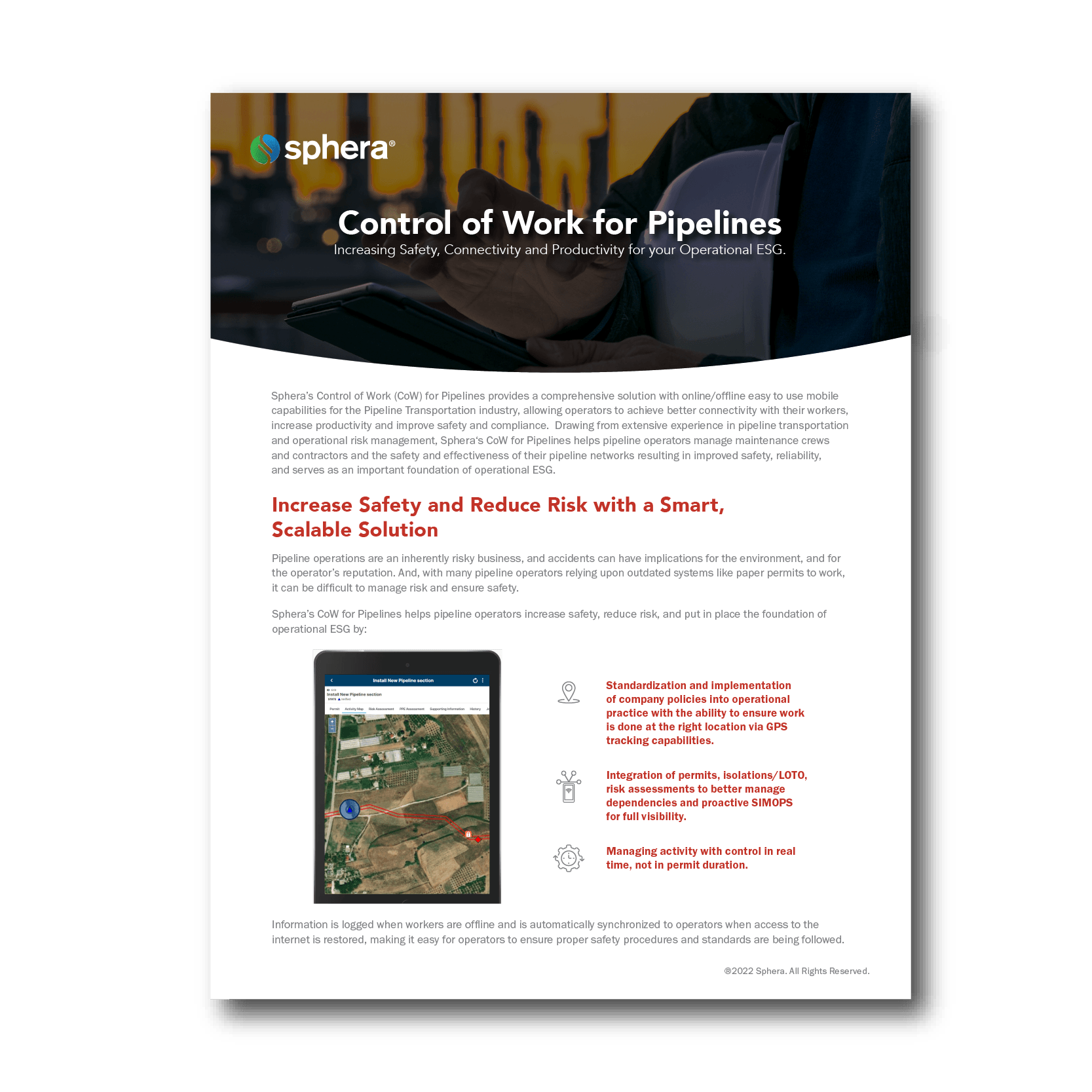In my previous blog post, I explained what the Audits contained in our Intelligent Authoring solution were, and how they can help shed light on the results of complex rules intended to generate Safety Data Sheets (SDS) and workplace labels associated with dangerous chemicals.
In this blog, I will explain how Audits and Settings are key in a new feature that is currently in development at Sphera—the precautionary statements selection.
Some Regulatory Background
Allow me to first define “precautionary statements.” As its name implies, precautionary statements (aka P-statements for the initiated or P-phrases for some longtime Environmental Health & Safety authors) are meant to communicate to users the basic precautions that should be taken when handling, storing or disposing hazardous chemicals and responding to emergencies. For example, a highly toxic material via the oral route of exposure could fall under P405 Store locked up, which is shown on the SDS and on the label. P-statements are associated with codes to facilitate discussions within the EH&S community; these codes are typically not required to be shown on the SDS or on the label.
P-statements are an important component of the Globally Harmonized System of Classification and Labeling of Chemicals (GHS), and of all regulations that are based on it. That includes the Classification, Labelling and Packaging (CLP) of substances and mixtures in Europe and the Occupational Safety and Health Administration’s Hazard Communication Standard (HCS) 2012 in the United States. Required P-statements are established by the applicable hazards of the material, and sometimes by additional criteria. An example of additional criteria: Is the material intended to be used by the general public or just by professionals and industrial users?
Regulatory provisions typically require precedence to be considered for P-statements to keep the label text as clear and concise as possible. Paraphrasing the CLP:
- Redundant or unnecessary statements shall be omitted.
- Not more than six precautionary statements shall appear unless necessary to reflect the nature and severity of the hazards.
As far as we know, no country-specific guidance to select appropriate P-statements exists, except for Europe. The European Chemicals Agency (ECHA) Guidance on Labelling and Packaging provides instructions on reducing the number of P-statements. A statement can be indicated as “Mandatory,” “Highly Recommended,” “Recommended” or “Optional” depending on many criteria (notably which classification triggered the statement). The guidance is a step in the right direction, but for most countries the road ahead remains unclear—even in Europe a fully automated solution requires more than what’s in the guidance.
Not As Simple as It Seems
The P-statements assignment and precedence might look straightforward at first glance, but the regulation leaves a lot of room for nonprescriptive, professional judgment to be applied.
Here’s a simple example. The assumption is that we have a product intended for a professional/industrial user (so not for the general public), and that the material presents skin corrosion and flammability hazards. The GHS regulation prescribes these P-statements for “Skin Corrosion – Category 1”:
- P260 – Do not breathe fumes.
- P264 – Wash thoroughly after handling.
- P280 – Wear protective clothing.
- P301+P330+P331 – IF SWALLOWED: Rinse mouth. Do NOT induce vomiting.
- P303+P361+P353 – IF ON SKIN (OR HAIR): Take off immediately all contaminated clothing. Rinse skin with water.
- P363 – Wash contaminated clothing before reuse.
- P304+P340 – IF INHALED: Remove person to fresh air and keep comfortable for breathing.
- P310 – Immediately call a POISON CENTER or doctor.
- P305+P351+P338 – IF IN EYES: Rinse cautiously with water for several minutes. Remove contact lenses, if present and easy to do. Continue Rinsing.
- P405 – Store locked up.
- P501 – Dispose of content and container in accordance with all local, regional, national and international regulations.
The GHS regulation prescribes these P-statements for ‘Flammable Liquid – Category 2’:
- P210 – Keep away from heat. No smoking.
- P233 – Keep container tightly closed.
- P240 – Ground/bond container and receiving equipment.
- P241 – Use explosion-proof electrical equipment.
- P242 – Use only nonsparking tools.
- P243 – Take precautionary measures against static discharge.
- P280 – Wear protective clothing.
- P303+P361+P353 IF ON SKIN (or hair): Take off immediately all contaminated clothing. Rinse skin with water/shower.
- P370+P378 – Use water spray to extinguish.
- P403+P235 – Store in a well-ventilated place. Keep cool.
- P501 – Dispose of content and container in accordance with all local, regional, national and international regulations.
Combining the statements arising from both hazards, we obtain:
- P210 – Keep away from heat. No smoking.
- P233 – Keep container tightly closed.
- P240 – Ground/bond container and receiving equipment.
- P241 – Use explosion-proof electrical equipment.
- P242 – Use only nonsparking tools.
- P243 – Take precautionary measures against static discharge.
- P260 – Do not breathe fumes.
- P264 – Wash thoroughly after handling.
- P280 – Wear protective clothing.
- P301+P330+P331 – IF SWALLOWED: Rinse mouth. Do NOT induce vomiting.
- P303+P361+P353 – IF ON SKIN (OR HAIR): Take off immediately all contaminated clothing. Rinse skin with water/shower.
- P304+P340 – IF INHALED: Remove person to fresh air and keep comfortable for breathing.
- P305+P351+P338 – IF IN EYES: Rinse cautiously with water for several minutes. Remove contact lenses, if present and easy to do. Continue Rinsing.
- P310 – Immediately call a POISON CENTER or doctor.
- P363 – Wash contaminated clothing before reuse.
- P370+P378 – Use water spray to extinguish.
- P403+P235 – Store in a well-ventilated place. Keep cool.
- P405 – Store locked up.
- P501 – Dispose of content and container in accordance with all local, regional, national and international regulations.
It is strikingly obvious that there is an issue here, especially considering that this information (and other information such as the H-Statements) is supposed to fit on the label of the product. A total of 19 P-statements are applicable simultaneously, and this product is only classified according to two hazards and only intended for professional or industrial users. A product intended to be used by the general public would have even more statements.
‘Expert Judgment’: Adding Knobs on the Box
“Expert judgment” is a definitive requirement to get the number of P-statements to a manageable size. My job at Sphera is to implement the rules allowing automation of SDS and labels, including the P-statements. As such, I find the requirement to implement “expert judgment” slightly frustrating and challenging. An acceptance on my end is needed. The guidance and regulation are never going to be prescriptive enough for me and my team to just “code it.” The real requirement is to support expert judgment, and we are enabling expert judgment to be part of our solution by offering advanced settings in our authoring solution.
Designing a system enabling expert judgment to be factored in while maintaining usability is challenging. Here is a list of subrequirements that highlight where the flexibility will be offered:
- The user needs to be able to associate a P-statement with an “importance rating,” which can differ depending on the hazard from which it originated. The importance rating could indicate that the statement should be “Mandatory,” “Highly Recommended,” “Recommended” or “Optional.” By minimizing the number of “Mandatory” or “Highly Recommended” statements, the user can ensure that fewer statements will appear on documents.
- For each potential type of document (SDS and Label, General public and Professional/Industrial, and for each country), the user needs to specify which importance ratings will be considered. For example, on a European Union Professional/Industrial label, the user might want to only show “Mandatory” and “Highly Recommended” P-statements. On the SDS of another country, however, he might want to also display Recommended P-statements (as more space is available).
Clearly, a good intuitive user interface is essential for the solution to be usable and intuitive. It also enables the automated documentation of the rule behavior since the user can easily understand how our P-statement logic works by simply looking at the settings.
Complete Transparency
Settings are not sufficient. Despite all our efforts for utmost clarity on the setting side, sometimes the rule results could be hard to explain. A significant amount of investigation (looking at the settings, looking at the properties of the product) would be required to understand why certain P-statements are given (or not) on documents. This is where the Audit can save the day. Once again!
The Audit will list each P-statement that was retained for a given document, and why it was retained. Perhaps more importantly, it will show each P-statement that would have shown up prior to our filtering efforts (the “expert judgment” as explained above) or because of the internal decisions taken by Sphera’s content experts. With our Audit, it will be a breeze to answer any request from the recipient of the SDS or label (or from the authorities). One can visualize our business and regulatory P-statement rules as a black box (with knobs to control its internal behavior). As soon as we shine a light toward the black box, however, we soon notice that the box was transparent in the first place and that we can fully understand every operation computed inside it.
How Did We Come Up With All of This?
We partner with our users early for such a complex development to validate that our knobs (settings) are suitable and that the transparency offered by the audit is optimal. We first showed a prototype at our global regulatory focus group on July 10, 2018. We are likely going to show a revised version of the prototype early this year. The final implementation of our P-statements will be better than any of our prototypes as we are always leveraging the excellent feedback that we receive from the customers who are part of our global regulatory focus group.










